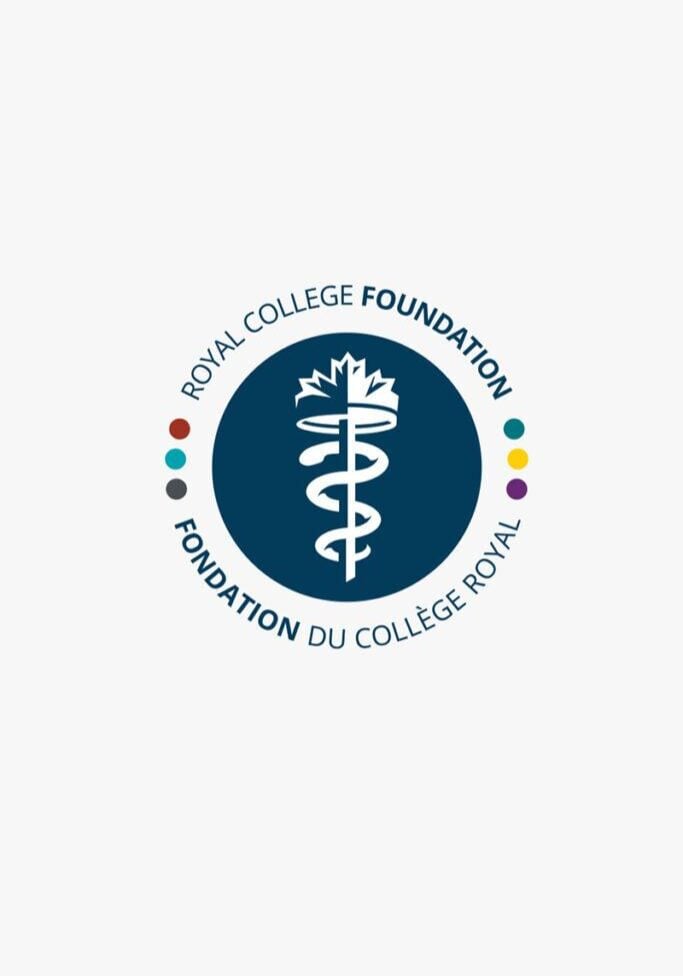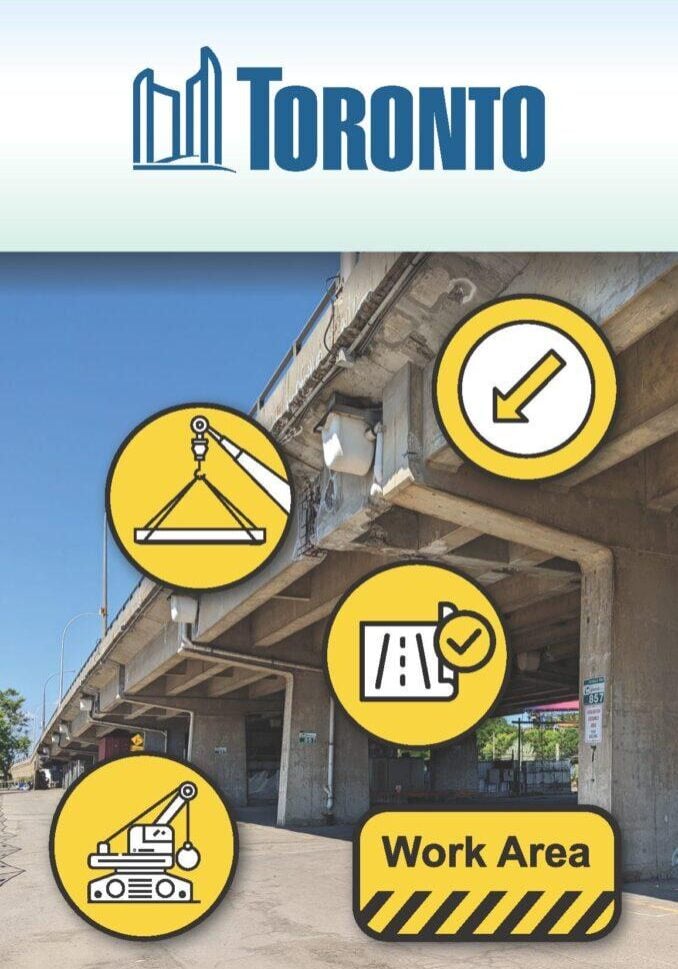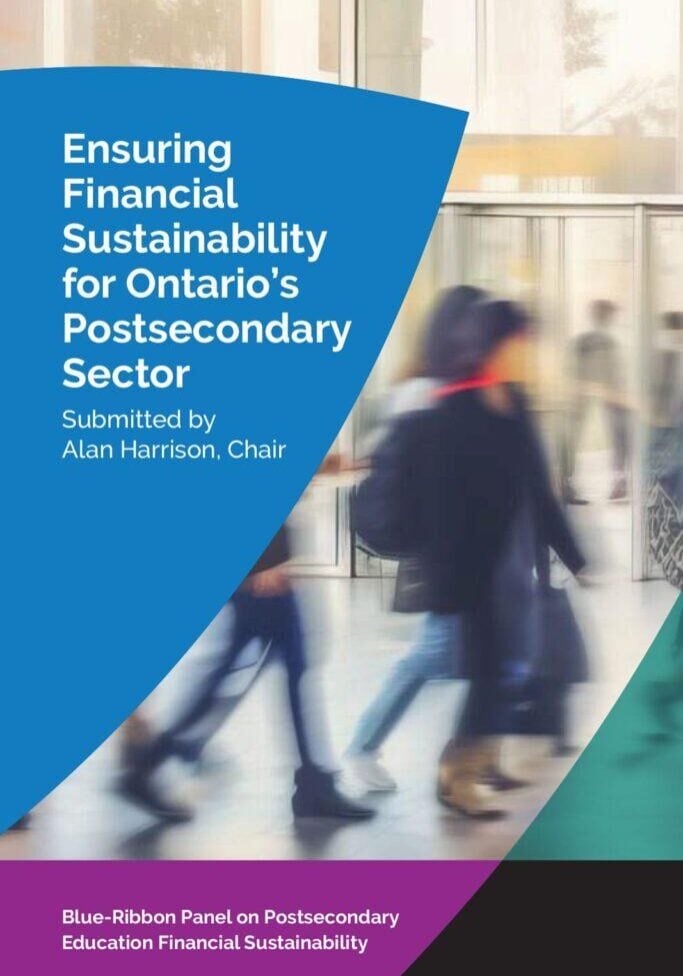
For autism service providers, building trust and awareness in the community has always been essential, but in today’s digital landscape, the way families connect with organizations has changed dramatically. Parents now turn to the web and social media not just for information, but for reassurance, support, and a sense of belonging.
Community outreach isn’t just about promoting services; it’s about creating meaningful relationships with families and caregivers. Relationships that drive trust, engagement, and long-term loyalty in a competitive fee-for-service marketplace.
Why Community Outreach Still Matters
For families navigating autism services, the provider they choose often comes down to trust and connection. Effective outreach helps your organization:
- Build credibility and confidence through authentic, compassionate communication.
- Foster a sense of community by creating spaces for families to connect and share.
- Educate and empower parents with practical, evidence-based resources.
If you’d like to explore how communications and storytelling reinforce trust, you might enjoy reading some of our latest blog insights from TWG.
Digital Tools That Bring Outreach to Life
The shift to online engagement offers enormous opportunities for autism service providers to expand their reach and strengthen relationships.
1 – Social Media
Use platforms like Facebook, Instagram, LinkedIn, and YouTube to:
- Share authentic stories that celebrate progress and inspire families.
- Host live Q&A sessions with therapists or experts.
- Create private support groups where families can connect safely.
Authenticity wins; the more real and relatable your posts are, the stronger your connection will be.
2 – Webinars and Virtual Events
These offer a convenient way to bring education and community together:
- “Ask a Therapist” or “Parent Panel” sessions build credibility and empathy.
- Interactive workshops can teach practical skills, such as sensory-friendly activities or daily routines.
To support events like this, you can lean on our event management services for seamless execution and audience engagement.
3 – Email Newsletters
A consistent, well-designed newsletter can keep families informed while positioning your clinic as a trusted authority.
Share updates on programs, waiting lists, upcoming events, and client success stories.
4 – Resource Libraries and Online Forums
Consider adding a “Resources” section to your website with downloadable guides, videos, and FAQs.
Forums or moderated communities can offer safe, supportive spaces for peer connection.
When visual storytelling is involved (charts, data, progress), integrate quality visuals made via our infographic design services.
Best Practices for Digital Outreach
- Be authentic. Families connect with honesty, not polish.
- Be consistent. Regular engagement shows reliability.
- Use analytics. Track which posts, topics, or pages resonate most.
- Prioritize accessibility and privacy. Compliance isn’t just ethical; it builds trust.
And of course, your foundation is your website. A well-built site is where all these outreach efforts converge. We offer full website development capabilities to bring your brand and strategy to life. (See more: website development services).
Measuring Success
Effective outreach leads to more than just clicks; it should translate into real-world results:
- Higher engagement on digital platforms
- Increased website traffic and time on key service pages
- Improved intake rates and client retention
The Takeaway
As autism service providers transition to a fee-for-service model, digital outreach is no longer optional; it’s essential. It’s how your organization builds trust, shows leadership, and strengthens community ties in a world where families search online first.
At TWG Communications, we help organizations like yours bridge the gap between meaningful storytelling and measurable results. Let’s connect to discuss how digital outreach can grow your impact. Contact us to start your digital strategy conversation today.









